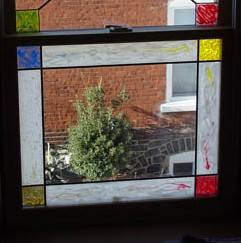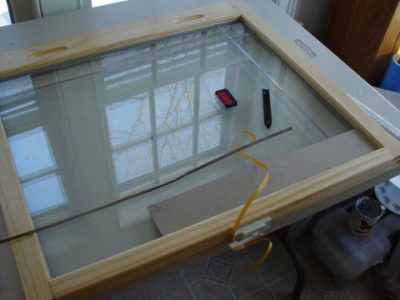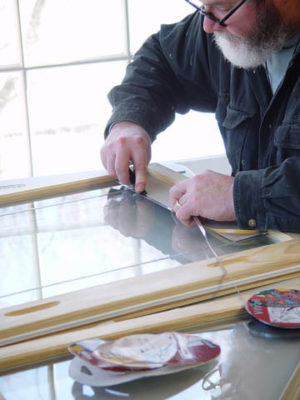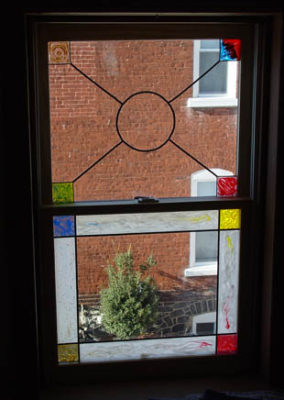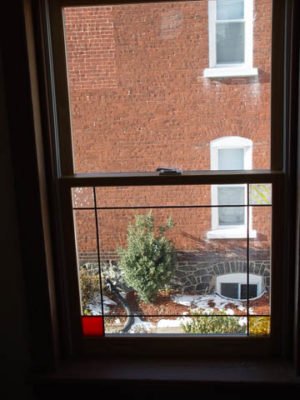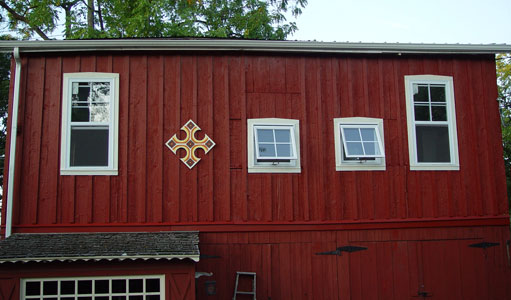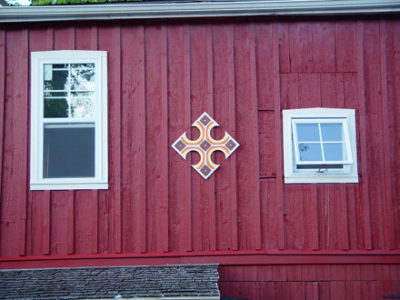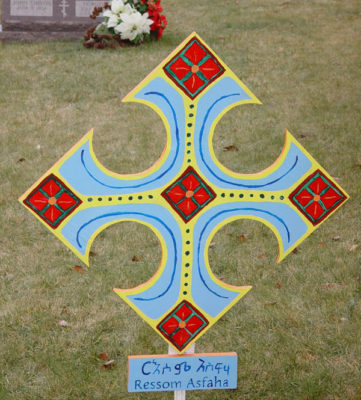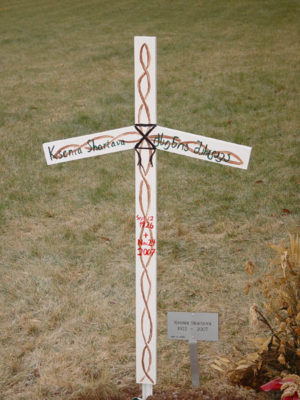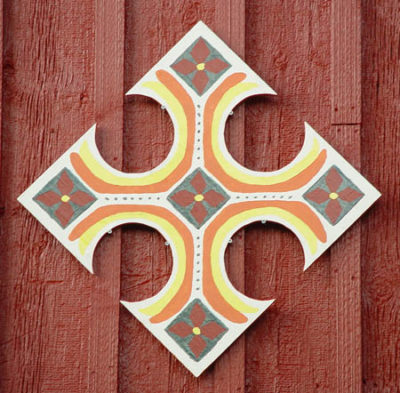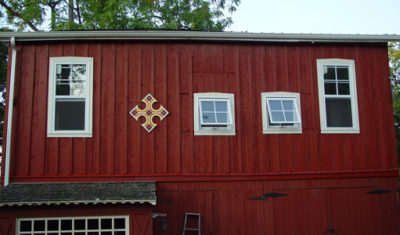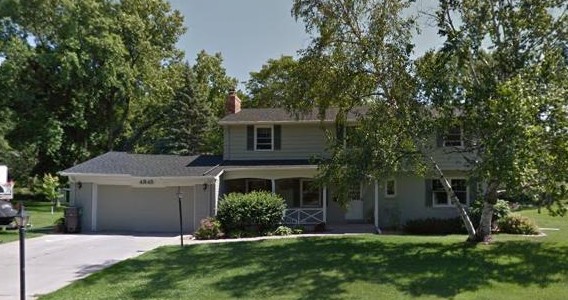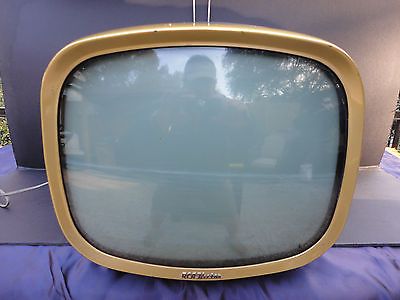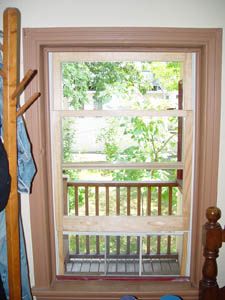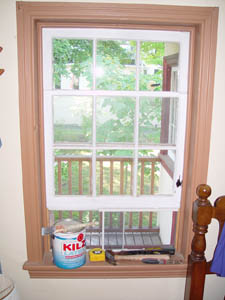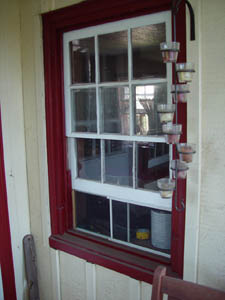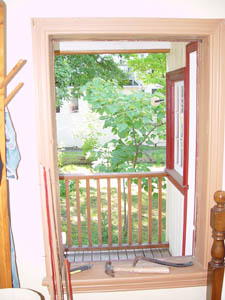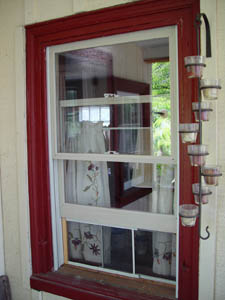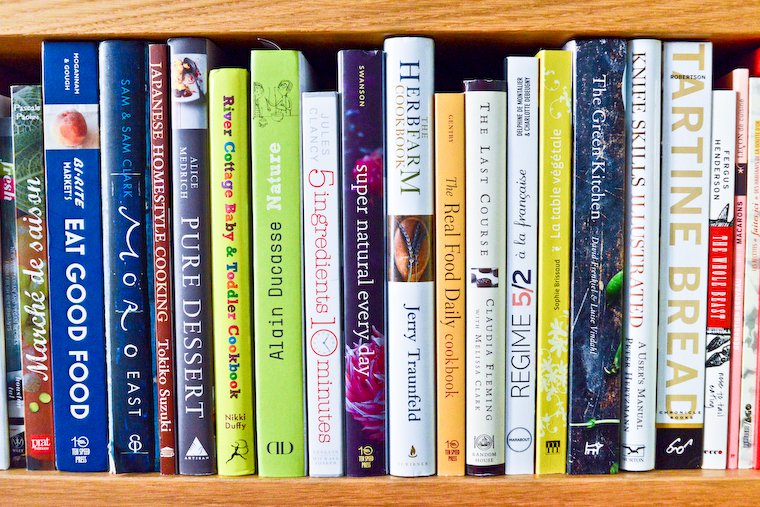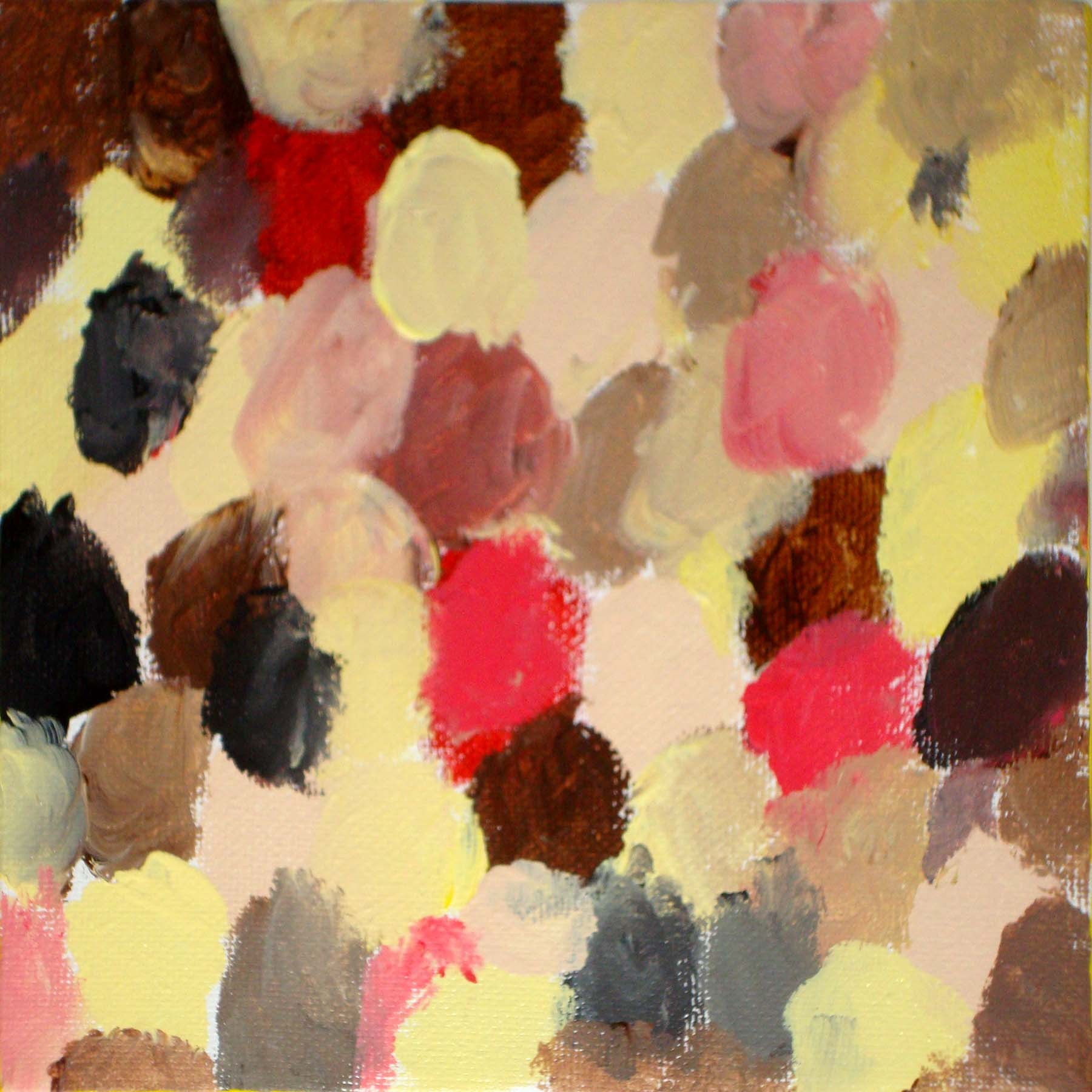The first time I helped to change a flat tire was when I was not yet ten years old. The whole family was in the station wagon on a lonely two lane road in the middle of Minnesota, on our way to a lake. A car was stopped on the side of the road with a flat, left, rear tire. The woman driving the car was just starting to try to figure out how to change her flat tire. This was long before the days of GPS and cell phones. My dad pulled over to offer assistance. He then backed the car up so that we were behind the lady’s car, so our headlights could help us see. He proceeded to change the tire, instructing my brother and me on how to properly foot the jack and remove the nuts while the tire still had contact with the ground. My brother, Tom, who was six years older got to help pump the jack and loosen the nuts. I was in charge of stowing the nuts in the hubcap.
After the tire was changed and the jack and damaged tire secured properly in the trunk of the lady’s car, she thanked us and offered my dad payment of ten dollars. This was the early 1960s, so that would translate to be about $75 to $100 in today’s money. My dad thanked her, but told her to keep her money. I was just a little kid, so any paper money was a big deal. I couldn’t imagine turning it down. She insisted that my dad accept it. He firmly told her no thanks, and added, “The way you will pay me back is the next time you see someone in need and you are able to help, you will help them out.” When we got back in the car he repeated the conversation for my sisters to hear. He stressed that everyone is in need sometime, so if you hope to be helped in an emergency, you need to always do what you can when the opportunity presents itself. That was probably the most important life lesson my dad ever taught me.
This was not the only time he taught this lesson. It was repeated by example countless times and by words a few. But this was the time it stuck with me.
(Since then, I learned that stowing the lug nuts in the wheel cover is not always a good plan. If you step on the edge of the wheel cover, it acts like a catapult launching them in unpredictable directions.)

Charlie was the baby of his family, the youngest of four siblings born to Mae Wise Coulter and “Freeman” Joseph Coulter.



